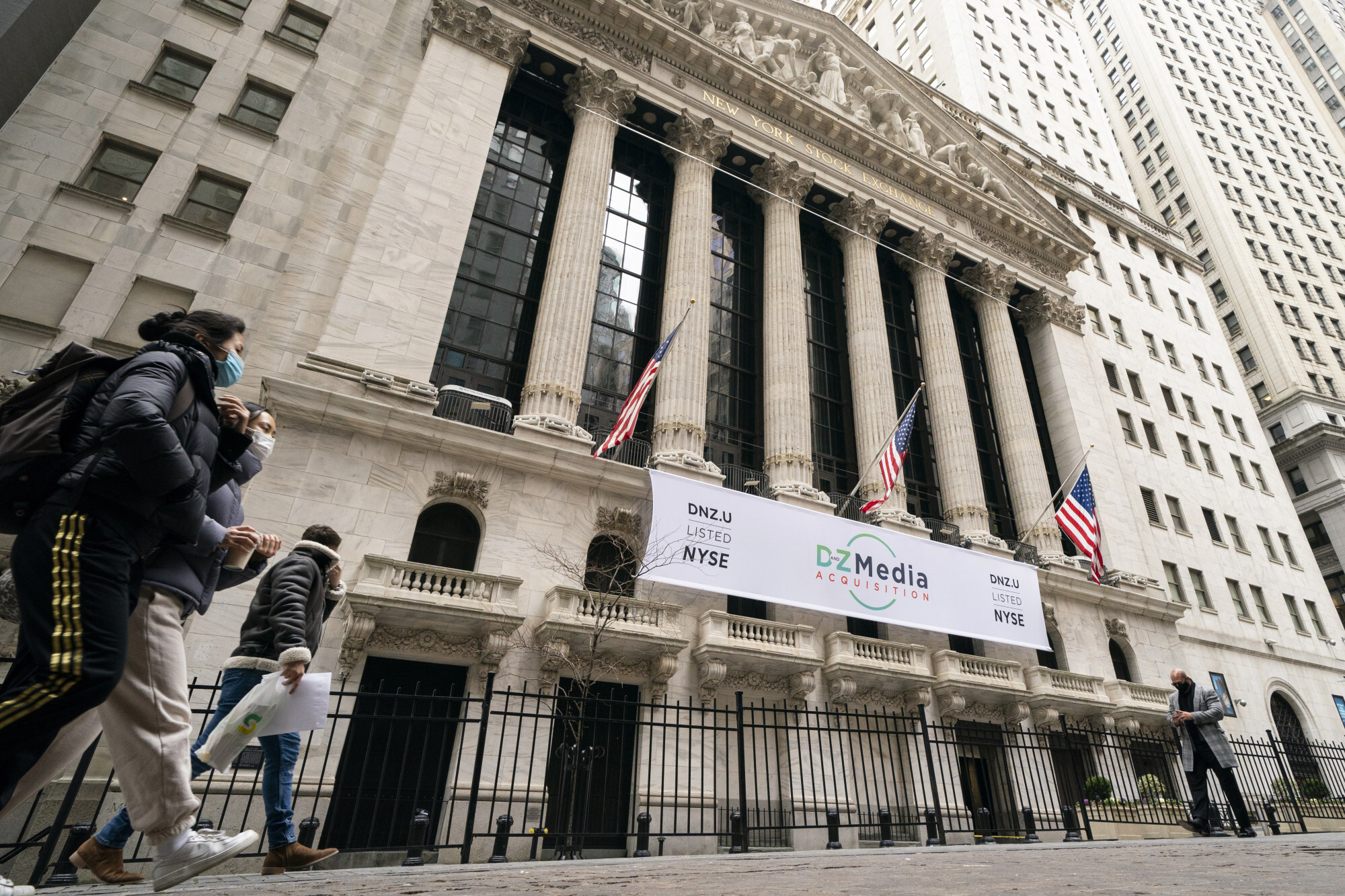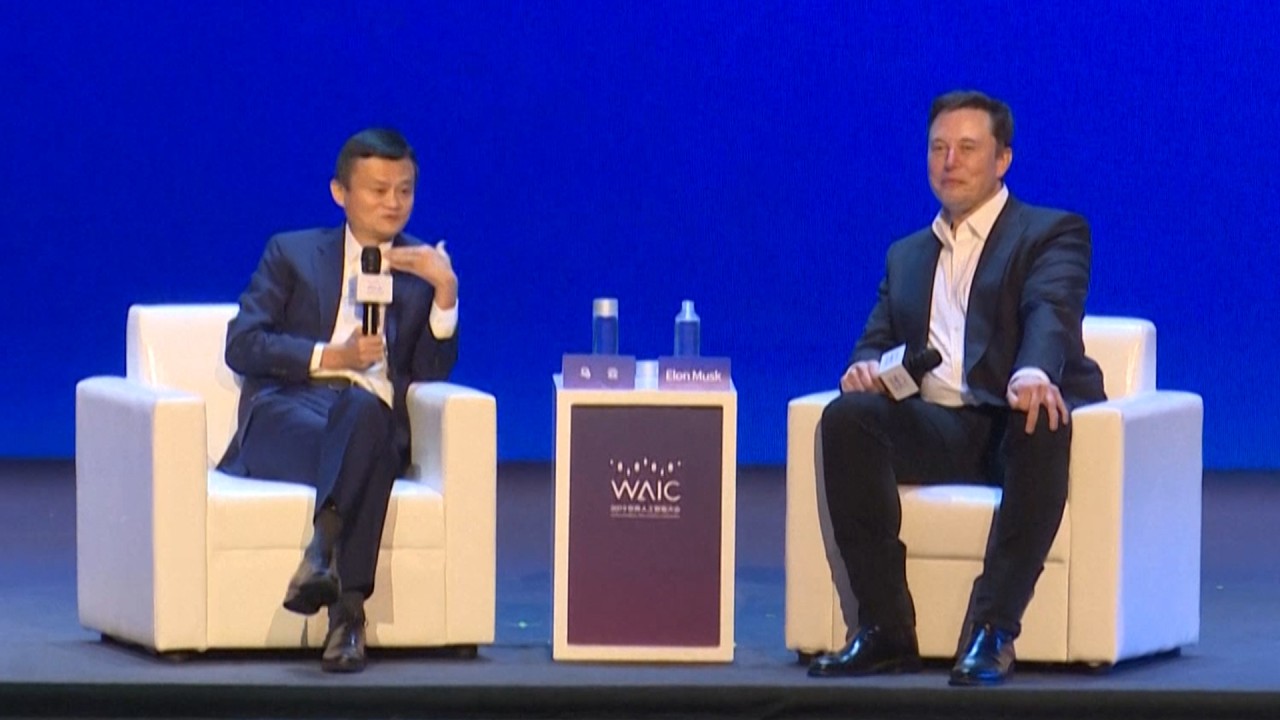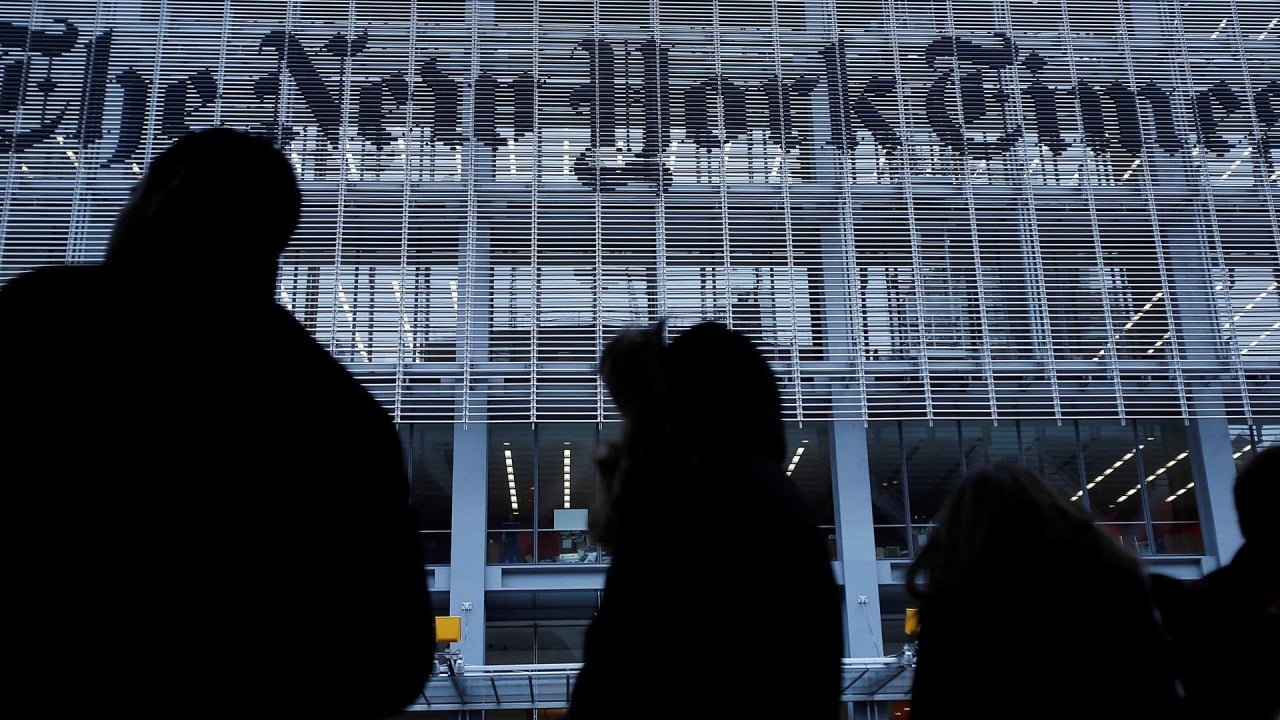
Tech stocks and fat valuations seen as at risk in Biden’s 43 per cent tax on wealthy Americans
- Biden will propose almost doubling the capital gains tax rate for wealthy individuals to help pay for a raft of social spending to tackle inequality
- Stocks that have gained the most may get hit hardest in the short-term drawdown, according to Goldman Sachs
Wall Street got its stimulus. Now it’s hearing about the bill.
“The devil will be in the details. Will it be retroactive to Jan. 1 of this year and then you wouldn’t need to sell right away? Will it be the beginning of next year? That all begs the question, will it get passed?” said Chris Grisanti, chief equity strategist at MAI Capital Management. “There are a lot of moving parts. One thing investors can be sure of is that taxes are going up and we have to at least partially pay for all the money we’ve been spending on stimulus.”

Biden will propose almost doubling the capital gains tax rate for wealthy individuals to 39.6 per cent to help pay for a raft of social spending that addresses long-standing inequality in his economic package, according to people familiar with the proposal. For those earning US$1 million or more, the new top rate, coupled with an existing surtax on investment income, means that federal tax rates for wealthy investors could be as high as 43.4 per cent.
Stocks slid the most in more than a month on the news, with the S&P 500 Index down 0.9 per cent at the close. Ten-year Treasury yields fell to 1.54 per cent from an intraday high of 1.59 per cent.
The news should not have been a surprise on Wall Street. It’s the same increase laid out in platforms released during the presidential campaign. At Goldman Sachs, strategists led by David Kostin wrote as early as October that raising the rate would be a “minor speed bump for the upwards trajectory of stock prices” that would shortly give way to fresh gains.
“History shows stock prices fall, equity allocations decline, and momentum underperforms ahead of increases in the capital gains tax rate,” Goldman strategists wrote. “However, any potential equity selling will be short-lived and reversed in subsequent quarters.”
Stocks that have gained the most may get hit hardest in the short-term drawdown, Goldman said. That would include Tesla and its 400 per cent gain in the past year, along with the FAANG block of tech shares that carried the market off the pandemic lows. In the S&P 500, Gap, L Brands and Etsy are all sitting on gains of at least 200 per cent in the last 12 months.
When capital gains were last raised in 2013 under the Obama administration, the wealthiest 1 per cent “unsurprisingly” were the biggest stock sellers, Goldman said. Still, if investors were penalised by that hike, it did not show in overall returns. The S&P 500 rose 30 per cent that year, its best gain in almost a decade.
Goldman estimated in October that the top 1 per cent holds around US$1 trillion of unrealised capital gains. In 2013, that cohort sold “1 per cent of equity their starting equity assets, which would equate to around $100 billion of selling in current terms,” the strategists wrote. The group then turned around and bought the equivalent of 4 per cent of holdings once the tax took effect in 2013, Goldman said.
The capital gains tax rate is a variable in a model tracked by Keith Parker, who’s the head of US equity strategy at UBS. Historically, when the tax rate changes, so does the multiple on the S&P 500, all else being equal. The new proposal could mean a 7 per cent hit to the earnings multiple. That is because a higher rate could dull sentiment toward stocks, with investors less willing to pay up for earnings.
“Think of it as you’re paying a price which is pre-tax and you get after-tax returns from either selling at a higher price or dividends, and the theory would just be that the price adjusts to compensate for that after-tax return,” Parker said. “For some investors, those future gains after tax would be notably less so the price adjusts.”
Momentum stocks could feel the brunt of the impact, just as they did in 1986, when the tax rate on long-term capital gains rose to 28 per cent from 20 per cent. “So one other point to consider is, do stocks with large embedded capital gains start to price this in even more?,” he said. “And we have seen some evidence of that playing out in the past.”



